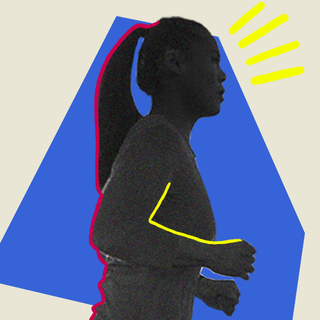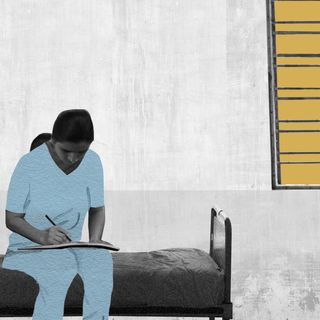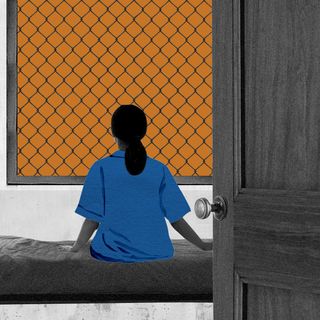Research suggested for a while now that gender and racial bias in medicine exists. So does the ‘pain gap,’ or the differing perceptions on how various people experience pain. A new study has found that socioeconomic status (SES) is another significant factor. It can subsume gender and race when it comes to undermining people’s pain.
The study, published in the Journal of Experimental Psychology, is the first to study socioeconomic status and pain in detail. It found differences in how people perceived poorer people’s pain as compared to more well-off people’s. It included 1,500 participants in a set of 10 experiments, which tested how they regarded other people’s pain based on education level, occupation, and income.
What researchers found isn’t too surprising: participants regarded a waiter, for example, as experiencing less pain than a lawyer. The reasoning behind the bias is that people who experience more hardship may be “tougher” and thus more immune to pain. Interestingly, these differences persisted regardless of gender and race.
“This systematic bias in judgments of pain sensitivity across SES has implications for psychological theory and equitable pain treatment,” the study concluded.
The notable aspect of the new study is that. In contrast, previous studies have attributed pain bias to perceptions of biological differences and lousy medicine. This study incorporates social factors to study why people take some people’s pain less seriously, even outside a medical context. In other words, people may be less sympathetic towards others’ pain based on perceived biological differences and social status.
Moreover, medical practitioners are not the only people to whom this applies. A layperson could, for instance, ignore another person who falls if that person looks like they belong to lower socioeconomic background.
“Simply knowing a friend’s or stranger’s socioeconomic status (which research suggests can readily be inferred from subtle verbal and nonverbal cues) may influence how much pain is attributed to them and therefore how much support is offered,” said Kevin Summers, an author of the study from the University of Denver.
Related on The Swaddle:
Some Doctors See Pain As Just A Symptom of Being Female
In the experiments, participants responded to photographs or verbal statements about white male subjects. When the subjects had lower income or education levels, participants considered their pain levels to be lower than that of white men with a higher socioeconomic status. Subsequent trials incorporated race and sex, and the results were the same.
Another trial asked participants to evaluate pain sensitivity along with hardships. The perception of how much hardship someone underwent directly affected how much pain participants attributed to them. This has dangerous consequences: trials including medical professionals showed that people from lower socioeconomic groups were likely to be prescribed lesser pain medication.
“We found that perceivers believed that low-socioeconomic status individuals required less pain treatment than high-socioeconomic individuals, and this effect was mediated by perceptions of the target’s pain sensitivity,” the authors write.
Although this is a U.S.-based study, its results are significant for other contexts. In India, many systemic barriers prevent marginalized people from receiving the medical care and attention they need. This applies not only to physical but also to mental health. Contrary to the widespread perception that poor people “don’t have time to be depressed,” evidence suggests that they are twice as likely to develop mental illnesses.
This has far-reaching consequences. The idea that people with more challenging lives are more immune to pain normalizes their suffering. Not only that, this perception acts as an additional barrier to medicine, adding to the many that people already face.
Manifestly false biological perceptions, such as hysteria in women and “toughness” in racial minorities, continue to abound today.




